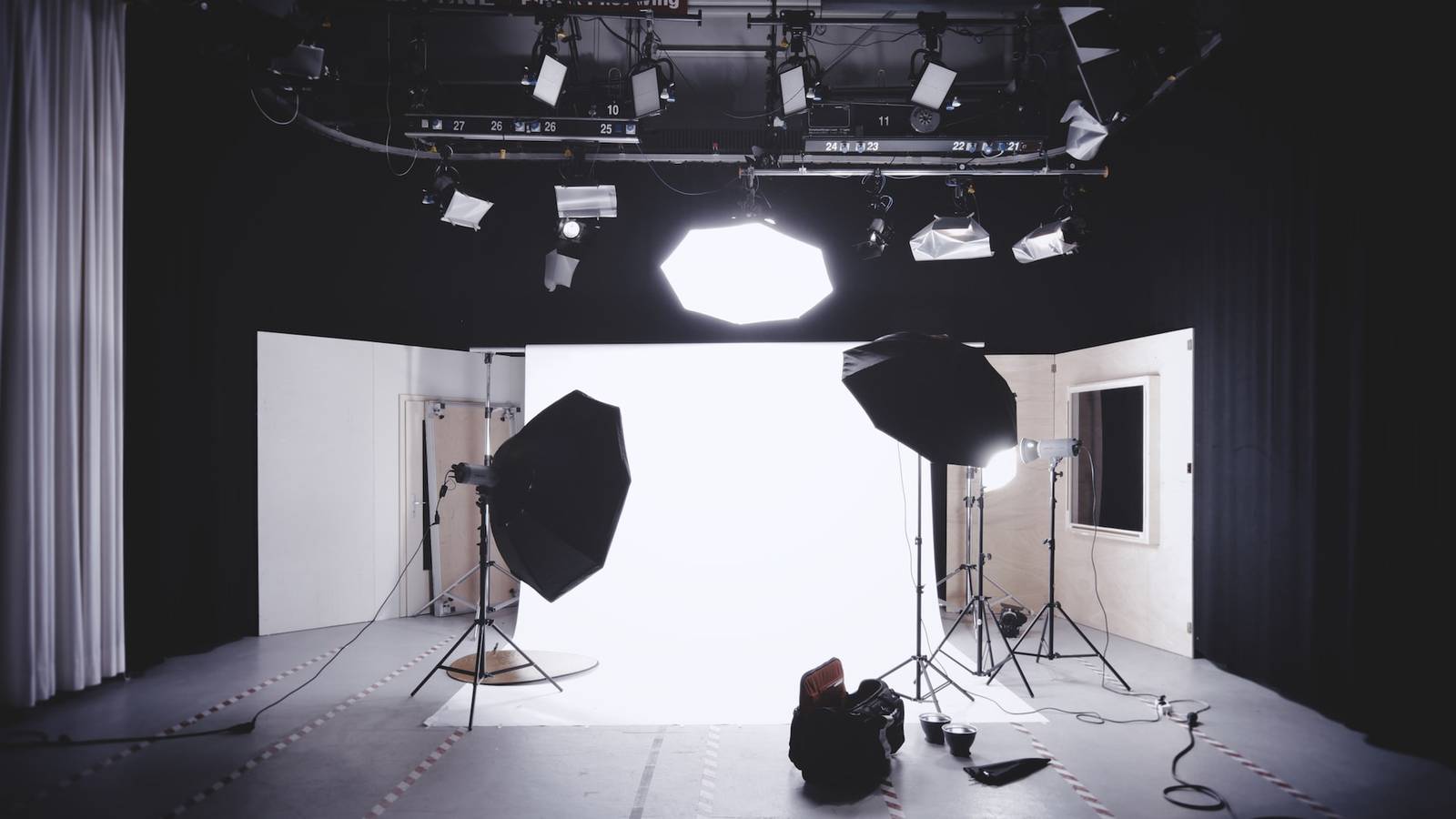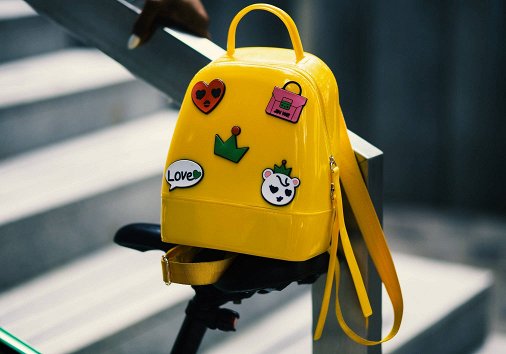Video Lighting Tips for Shooting Better Videos
Many professional and novice YouTubers know that there are a lot of aspects that will make or break their content, and the correct lighting setup is one of them.

How to make lighting better when shooting videos
Do you plan to make videos for YouTube or TikTok? Knowing how to light is the key to success! Better lighting will give you more creative control and help to achieve a sharp, flicker-free picture.
But how do you decide which light is good to use for videography? Let’s check out a few tips to help you pick the right lighting for video recording yourself!
Lighting: one type or more?
Whether for vlogs or full-fledged studio shootings, there are no identical content creators and, therefore, no single "best" lighting for making YouTube videos. However, there can be the best light for filming in specific genres or shooting circumstances.
For example, when shooting while walking, a smaller and less heavy light source is the way to go. Ideally, it should run on battery power and be able to connect to a camera or smartphone. These can be small LED panels or soft boxes.

Face lighting
When filming yourself, take note to not stand facing the window — in this case the entire face will be illuminated identically, and the resulting image will appear flat looking. There may also be situations where too much bright light may make you uncomfortable. In addition, you will need to choose a specific period of time when you can shoot videos, and if the weather changes, the lighting will also change.
In such cases, it is better to use face lamps or circle lights for making videos. Invest once, but you will always have an opportunity to start filming with nice looking lighting.

Setting up
How to set up lights for video? Usually, three-point lighting is the most common choice. The reason for it is that such a setup will properly highlight the main thing in your videos, and it is fairly easy to arrange.
Three-point lighting consists of such light sources:
- Key light (focuses on the main object or person in the shot and makes it stand out);
- Fill light (soft light which covers the shadows and other dark areas, especially on the brighter backgrounds);
- Backlight (used to provide contrast that separates the central thing from the background).

Brightness
Video lighting offers a variety of luminosity, and the choice is decided by the style of lighting and how it is applied. Brighter, dimmable lights will give you a wider range of application and the ability to record video at a lower ISO to reduce graininess.
Naturally, brighter lamps cost more and are typically heavier, so in the beginning it may be better to use dimmer lights and place them closer to the object.
Right mood and ambiance
Apart from technical advantages, lighting will also help convey tonal cues to the audience while ignoring this aspect, conversely, may ruin the experience. For example, poor lighting can make a serious scene seem too light. On the other hand, videos that are intended to be funny can appear too gloomy if they are dim and the colors are washed out.

Emphasizing the right thing
Where do you want your viewers to look? Good lighting will help highlight the central part of your video. Directing the light to certain places can draw viewers’ attention to the intended things so that they don’t miss any important details.
All things considered, the right lighting for video shooting will give you the most out of your work or hobby. Emphasizing individual details by lightening or darkening makes it possible to control human psychology, make pictures appear lively or, on the contrary, static, and cold. The choice of lighting equipment and using it correctly are major aspects for obtaining high-quality results.



